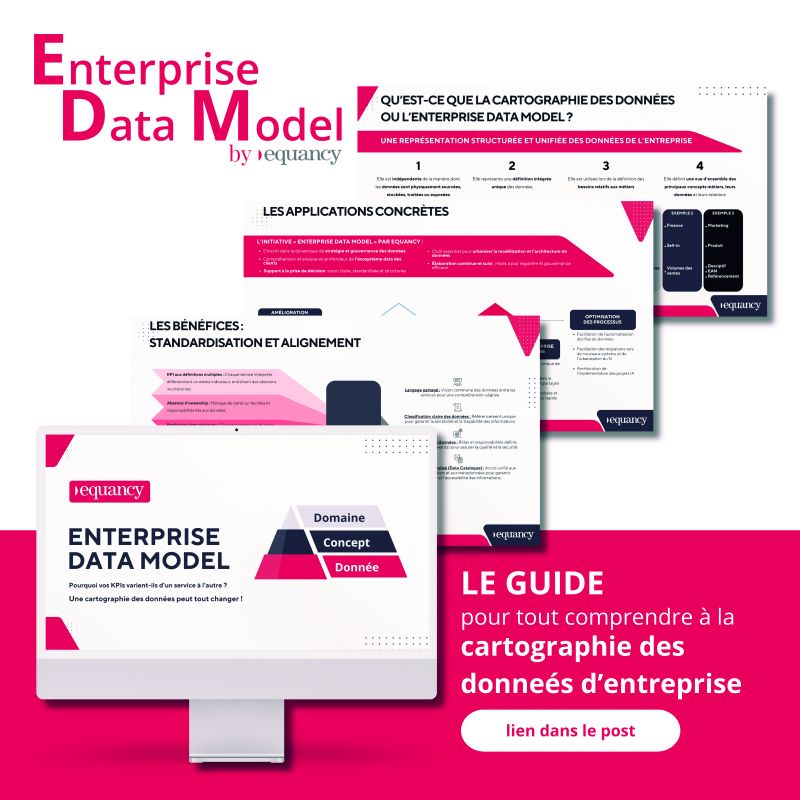Insurers, the digital transformation isn't over yet!
"Despite the significant progress made over the last decade, the customer experience remains far from the best standards in many respects". This is what a member of the Executive Committee of a CAC 40 company recently said about the customer experience in bancassurance. Where does this qualified assessment come from, after years of massive investment in improving the customer experience?
There's no doubt that the insurance industry has made up some ground in terms of digital technology. The old barriers have disappeared: the pandemic has considerably boosted the adoption of digital technology, in a country that is 'conservative' in this respect and where the advisor still plays a dominant role. According to a survey carried out in 2022, the number one priority for insurers was to equip their advisers with digital tools, and they have on average increased their budget dedicated to omnichannel pathways by 36% between 2018 and 2022 (IBM). Teams have been decompartmentalised, and agility has made its debut on the platforms. And what about customers? They have adopted remote services on a massive scale (+25% adoption of email and telephone between 2019 and 2021), driven of course by the pandemic effect, but also by the search for simplicity and fluidity. With most insurers, it is now possible to take out home, car or health insurance - or even provident insurance - from the comfort of your sofa.If necessary, insurers offer telephone support for more complex products or needs. Insurance has become omnichannel.
However, many players readily admit that there is still room for improvement in the customer experience. To find out where the problem lies, we put ourselves 'in the customer's shoes'. It's still not easy to insure a house with more than 5 rooms, to understand product 'catalogues' and insurance language that is still often technical, to see the end of sometimes interminable forms... And when the insurer doesn't have a digital solution, they 'force' me to use certain channels without any real explanation. These are pebbles in the shoe that risk diverting the customer from the underwriting process. When it comes to managing a policy or settling a claim, digital often doesn't provide the comfort we'd hoped for: separate customer areas depending on whether I'm logging on as a private individual or a professional, a still tedious claims process where I'm sometimes left alone in the middle of the road... This sum total of irritants, none of which is critical on its own but which are collectively discouraging for customers, is the roadmap that many insurers use to achieve 'exceptional' customer journeys.
We have to give credit to a number of players - both insurtech and traditional insurers - who have already made great strides in making the insurance process more fluid. From Wakam's commitment to 'readable' insurance, to GMF's comprehensive and personalised customer cockpit, to Leocare's clear signposting of claims settlement stages, to Direct Assurance's ultra-simple online declaration of motor claims, insurers have set new standards for the sector.
Beyond these necessary improvements to the omnichannel customer experience, three major challenges lie ahead for insurers:
- Data and generative AI. By becoming a kind of 'co-pilot' for the advisor or agent, data can (already) be used to manage recurring tasks, automatically generate commercial and legal documents, make more relevant offers to customers based on their profiles, and prevent fraud. For the customer, it means saving time when signing a contract or settling a claim, obtaining adjusted rates and simplifying the insurance process. In short, data is an inexhaustible source of uses for redesigning the customer journey.
- The second challenge is that of the new value models made possible by digital transformation. By developing complete service portfolios around the insurance offering, or by deploying the service through partners (see the mini-revolution of on-board insurance, which could represent 20% of insurance turnover), the insurance business model is being revisited, along with the entire user experience. Parametric insurance, for its part, was born out of the need to insure against climatic risks, and is now taking off to cover other risks (such as transport delays).
- The third issue is the changing role of human resources. The scaremongers who predicted the demise of the advisor under the blows of digital technology and the Covid epidemic have been contradicted. On the contrary, we can highlight the resilience of advisors and their ability to generate a fundamental link with customers. The functions of agents and advisers are evolving, with the integration of the management of digital platforms and software, but their presence remains an expectation of the French.
This is borne out by the many campaigns promoting local presence. For insurers who do not have a network, it is the "humanisation" of the digital journey that is expected: a more ethical, more considerate, more inclusive digital experience.
For all insurers, creating an exceptional customer experience will depend on their vision of omnichannel, a subtle combination of digital and human elements.
Charlotte Weill
CEO




